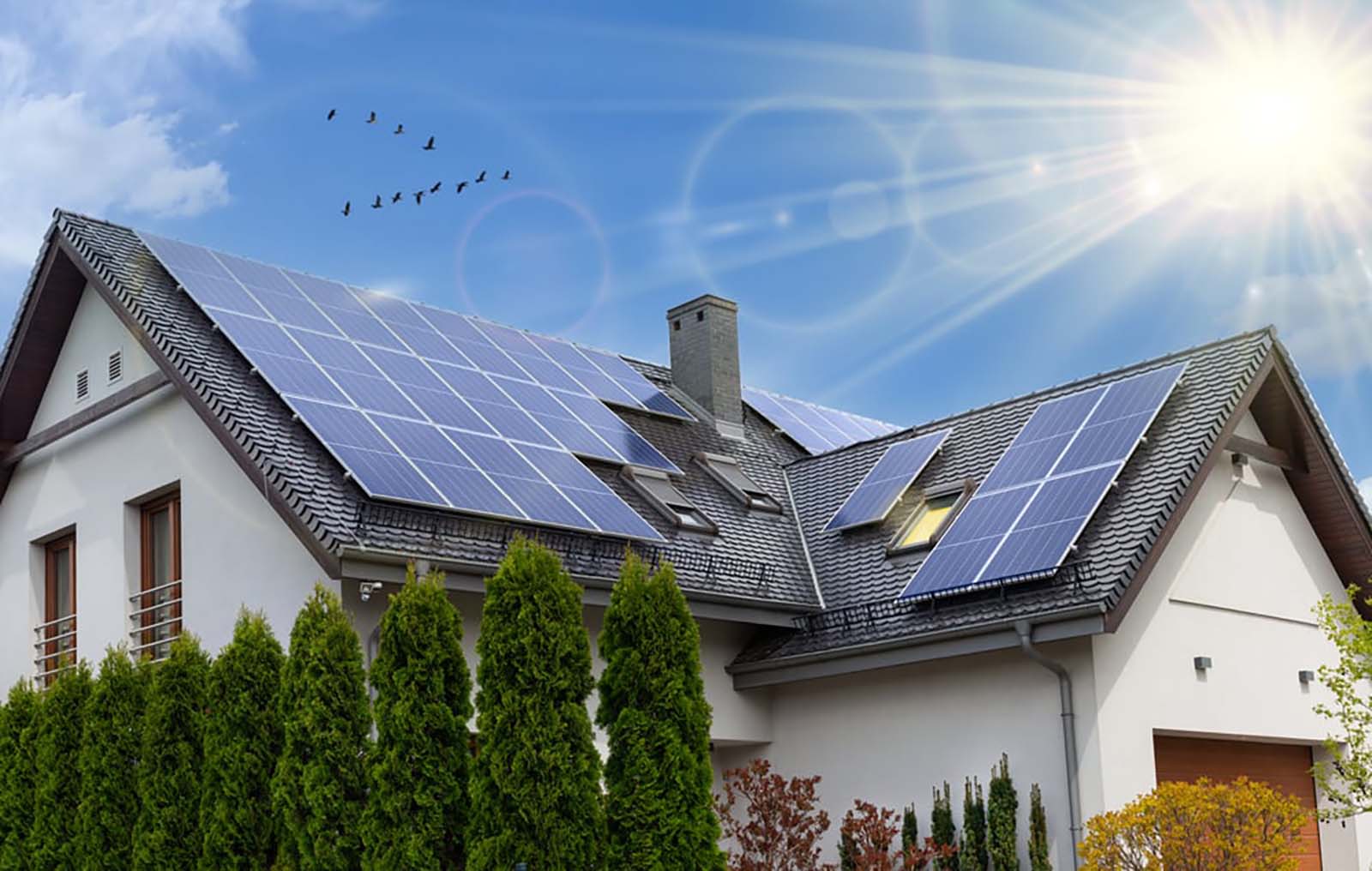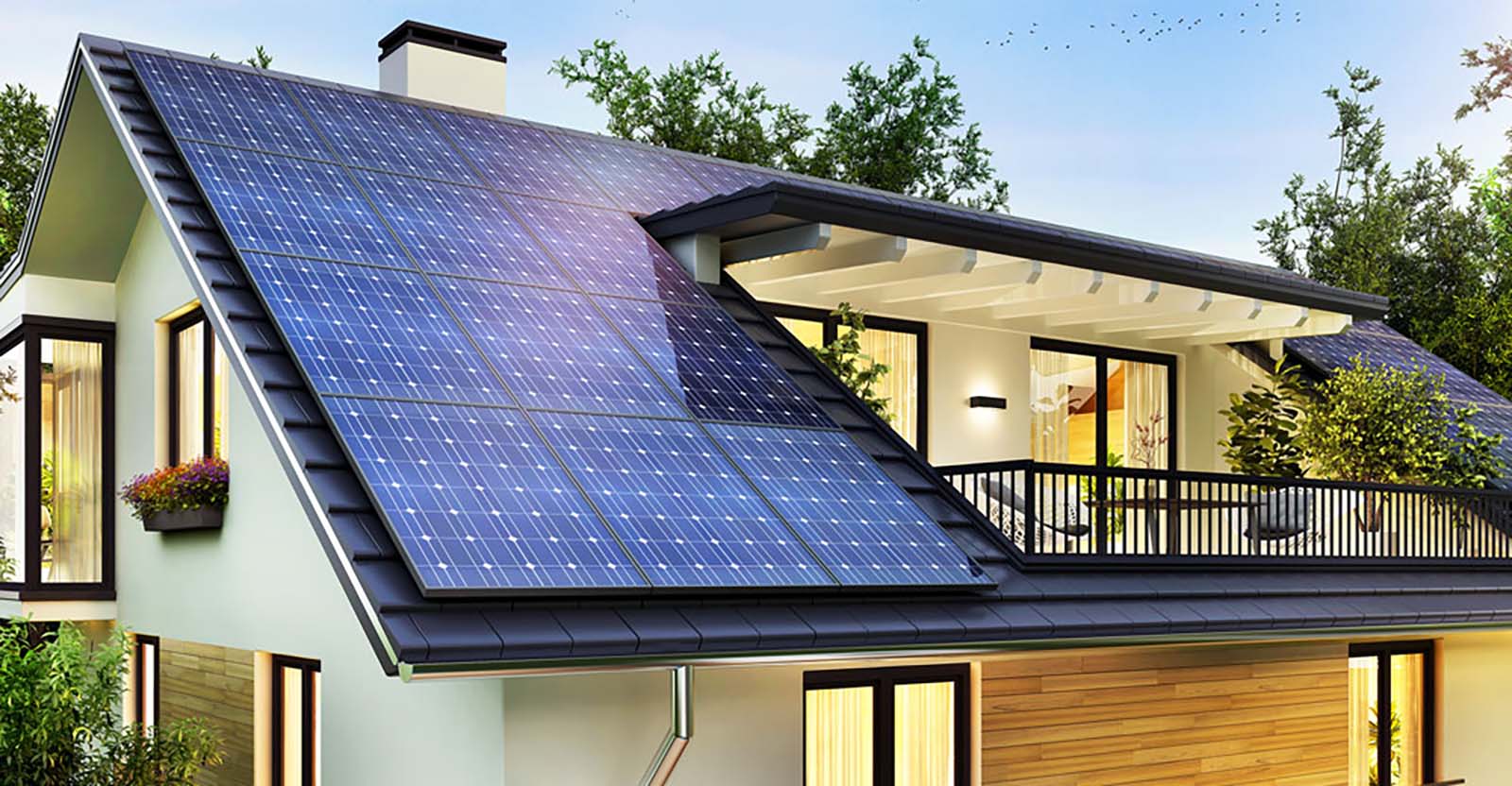Introduction Electric heaters are a popular choice for maintaining a comfortable indoor temperature during the colder months. However, it is essential to understand the electrical requirements of these heaters to ensure safe and optimal usage. In this article, we will discuss how many amps are needed for a 10kw electric heater.

Understanding Amps and Kilowatts Before delving into the specific amp requirement for a 10kw electric heater, let’s briefly explain the relationship between amps and kilowatts. Amps (Amperes) measure the electric current flowing through a circuit, while kilowatts (kW) measure the electrical power consumed by an appliance. To calculate the amps, you can use the basic formula: Amps = Watts / Volts.
Amp Requirement Calculation For a 10kw electric heater, we need to determine the amp requirement. Firstly, we need to know the voltage at which the heater operates. Let’s assume that our electric heater operates at 220 volts, a common voltage for residential electrical systems.
Using the formula mentioned earlier, we can calculate the amp requirement: Amps = 10,000 Watts / 220 Volts

Calculating this equation gives us approximately 45.45 amps. Therefore, a 10kw electric heater needs around 45.45 amps to operate effectively.
Safety Considerations When installing a 10kw electric heater, it is crucial to ensure the circuit can handle the electrical load. Using the correct wire gauge and breaker size that matches the amp requirement is essential to prevent electrical hazards, such as overheating and potential fires. It is recommended to consult a qualified electrician to determine the appropriate wire gauge and breaker size for your specific installation.
Additional Factors to Consider Although the calculated amp requirement for a 10kw electric heater is around 45.45 amps, it is essential to consider some additional factors that may increase the electrical load. These factors include:

1. Standby Power: Most electric heaters have a standby or control power requirement. This power is required for the heater’s control panel, thermostat, and other electronic components to function correctly. The standby power is usually minimal, ranging from a few watts to around 100 watts, depending on the model.
2. Voltage Variations: It is essential to note that the voltage supplied may fluctuate slightly, leading to differences in the actual amp requirement. Consider the acceptable voltage range for your heater and calculate the amps accordingly.
3. Circuit Rating: Ensure that the circuit you are connecting the electric heater to has an amp rating that meets or exceeds the calculated amp requirement. This step is crucial for preventing circuit overloading, which can lead to circuit breaker trips and potential damage to the electrical system.

